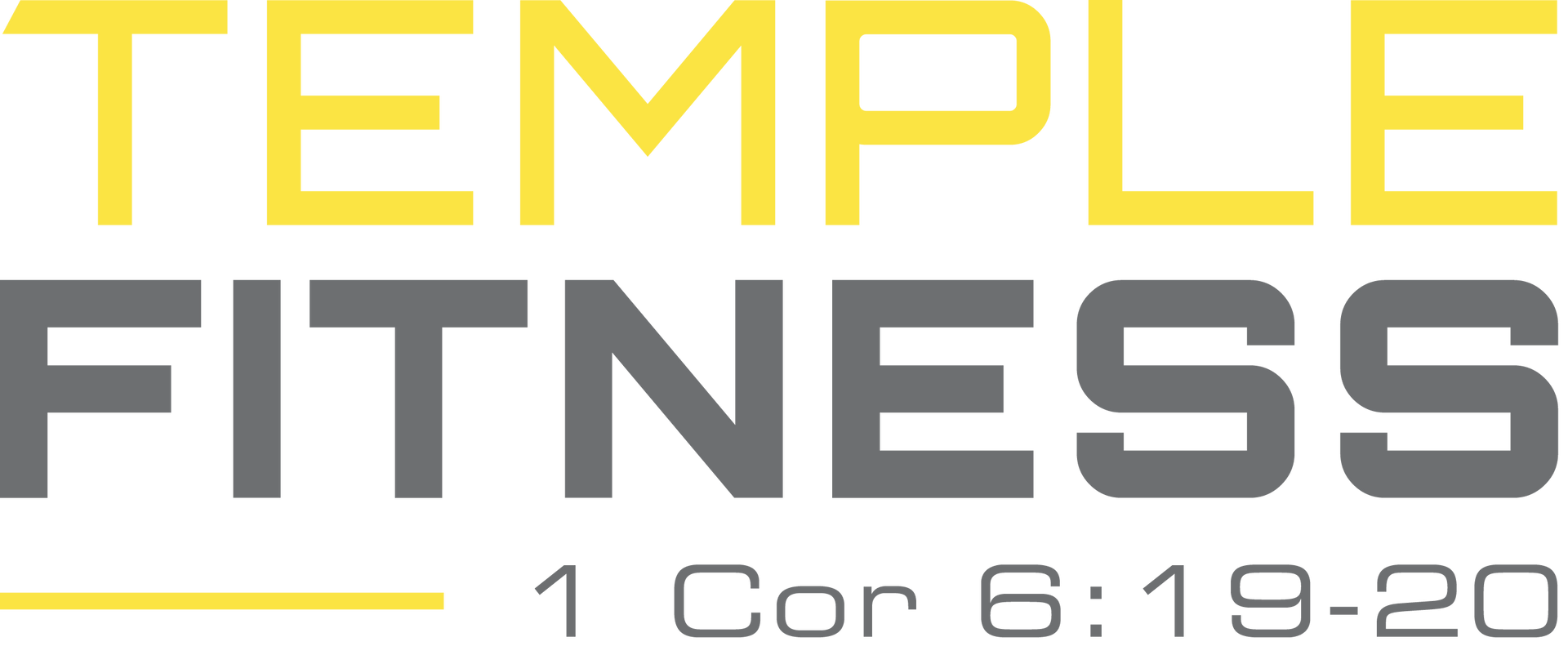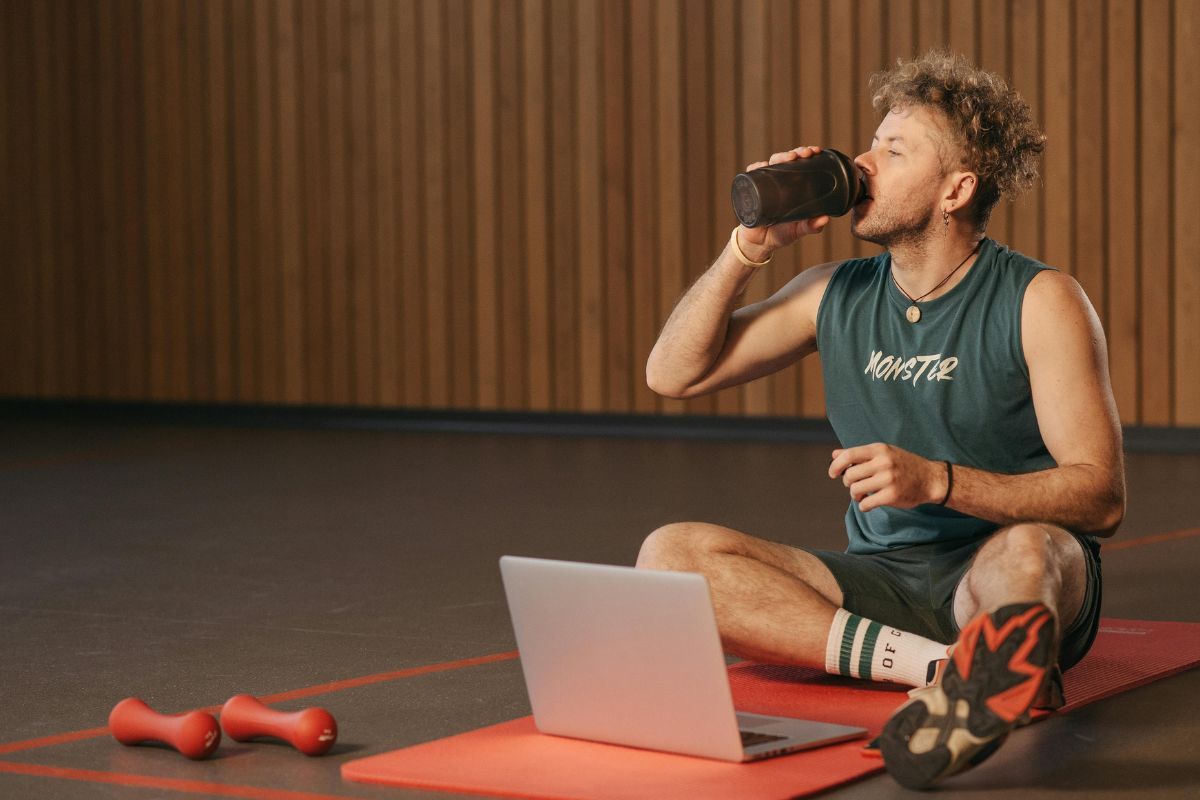How Often Should I Change My Workout Routine?
Your workout routine should be changed every 6 to 8 weeks to prevent plateaus. If you do repeated exercises, your muscles can adapt over time and slow down the results. Unlike an entire change, small adjustments in your existing routine, like increasing weight and changing exercise order, can keep your efforts fresh and effective.
A certified fitness trainer can make essential changes in a beginner’s workout routine based on their goals, fitness level, and recovery. In this blog post, you will learn exactly when and how to change your workout routine for ongoing progress.

Should I Change My Workout Routine?
We advise people from Franklin who choose our personal training program to change their workout routine after a certain time to avoid plateaus.
In case of a
‘workout plateau’, your body stops feeling challenged because it has already adapted to the routine. To keep your muscles challenged, growing, and strong, a change in workout routine is necessary.
A different fitness routine will keep your mind and body engaged. When you mix a variety of exercises, adjust the intensity and new training style, your body will feel challenged again and progress.
The same workout routine for days may also feel boring and carry the risk of injuries. So, a fresh routine will keep you motivated for the next level of improvement.
How Often Should I Change My Workout Routine?
The general rule is that every 4 to 6 weeks is a good time to make some changes in your workout routine. However, the ideal timing also depends on your fitness level. Here we have shared them in short:
✦ Beginner level: Every 8 to 12 weeks is a good frequency for newbies. This allows them to build a solid foundation and reduce the risk of overtraining.
✦ Intermediate level: They can change workout routines every 4 to 6 weeks. Since their body adapts faster, regular adjustments help them continue gaining muscle and strength.
✦ Advanced level: Advanced individuals should alter their training every 3 to 6 weeks. Frequent changes in intensity, volume, and exercise selection help them maintain steady progress.
When to Change Workout Routine: Signs It’s Time for A Switch
As a workout enthusiast, you must understand the perfect timing of making some changes in your workout routine. If you are not sure when it is, check some tips below and try some new things:
- Losing weight or building muscle, if you have any goal like these that is achieved, you are ready to set new challenges to keep improving.
- Has your visible progress stopped despite consistent effort? It's a clear sign that your muscles have adapted and require a new routine.
- If you notice frequent injuries and pain, it generally means overuse. You will need to switch exercises to help your body recover and stay balanced.
- When your body no longer feels challenged during a workout, it signals that you need more intensity or variation.
What Changes to Make in Your Workout Routine
It doesn't mean massive changes in your routine, but making smart adjustments. Though small, effective changes can help you break plateaus. Here is how to do it:
1. Change weight and intensity:
This is the primary change you can make in your routine that helps your muscles keep growing and adapting. For example, if you were lifting the same dumbbells for months, add a few extra kilos. Other ways you can try are shortening rest times, adding more reps, and including supersets. When you increase resistance and pace, your body feels challenged and prevents your progress from stalling.
2. Try different forms:
A different workout style makes things exciting and targets your body in new ways. For instance, if you mostly do strength training, add HIIT, Pilates, or cycling to your routine. These changes challenge your muscles differently, and mixing training forms like these also keeps your workouts mentally engaging. You can also avoid overuse injuries from repeating the same movements.
3. Change exercise order:
This is another trick that can make a big difference. Starting with compound movements (like squats and bench presses) instead of isolation exercises can improve your performance. Your body feels the difference and cannot adapt easily when you change the exercise order. Switching from push-pull to pull-push will prevent your body from guessing. This trick ensures balanced muscle development across all major groups.
4. Target different muscle groups:
Training the same muscles day after day is not wise. You must also switch your focus to different muscle groups. Alternating between upper and lower body days or including more core exercises can be examples. This balances your physique and prevents overtraining certain areas.
How a Personal Trainer Helps You Avoid “Plateau”
They track your progress and know exactly when your body has adapted to certain exercises. Plus, they guide you to adjust reps, sets, tempo, or resistance to keep your muscles engaged. A personal trainer monitors if you are doing workouts with proper form and having recovery, since overtraining is a common issue among beginners.
Trainers from Temple Fitness Franklin blend different training methods such as circuit training, progressive overload, and functional workouts. They keep your progress steady and offer motivation to ensure you stay consistent.
Final Words
Though you need to change your workout routine at a certain frequency, there is no need for big changes all at once. Simple adjustments can even work fine when integrated properly. We recommend listening to your body, mixing up exercises, and seeking help from a fitness trainer if needed.
Your patience and flexibility are crucial to prevent plateaus and see noticeable results. You will feel the change when you push past comfort. However, don't try too quickly, as you may fall into injuries or other physical complications. You must keep learning to enjoy every step of your fitness journey.
Frequently Asked Questions
How do I know if my current routine still works?
Your present workout routine is fine if you still notice progress and feel challenged. You should change it when you notice no results or workouts feel too easy.
Can I change my routine too often?
This may not be a good idea because a fast frequency doesn’t give your body time to adapt. You should wait at least 4 to 6 weeks before major changes.
Do different physical goals need different routines?
Yes. Workout routines for muscle gain, fat loss, and endurance are very different. So, modify your workout plan to match your main goal.
What if you are not seeing results despite changing your routine?
Perhaps you have to reassess your nutrition, sleep, and recovery. Professional guidance or a personalized fitness plan works best in such situations.



